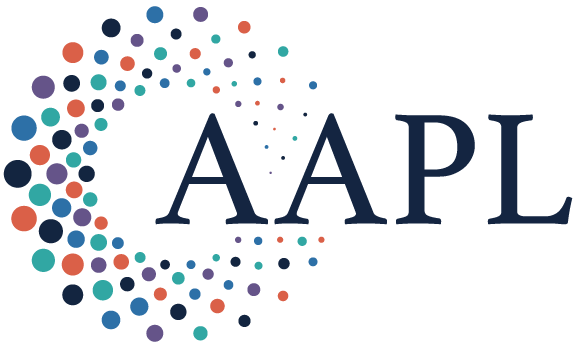Summary:
Will the criteria used to evaluate candidates lead you to hire employees who will add to the team’s success or simply replicate the status quo?
Will the criteria used to evaluate candidates lead you to hire employees who will add to the team’s success or simply replicate the status quo?
Many managers want to be more inclusive. They recognize the value of inclusion and diversity and believe it’s the right thing to aspire to. But they don’t know how to get there.
The problem is that, when hiring, evaluating or promoting employees, we often measure people against our implicit assumptions of what talent looks like — our hidden “template of success.”
To block our implicit, or unconscious, biases we need to ask if the criteria used to evaluate candidates will lead us to choose employees who will add to our team’s success or simply replicate the status quo.
Here are four ways to curb your implicit biases:
Clarify ambiguous criteria for success: Ask, “What are my hidden ‘preferences’?” Then challenge your hidden preferences by asking what are the mindsets, skills and diverse experiences that actually lead your team to success.
Focus on a person’s value to your team: Ask, “How does this person’s approach help us get to better discussions and decisions?” or “Does this person help me see outside my ‘box’?” By asking questions like these, you are more likely to avoid implicit bias.
RELATED: Diversity and Inclusion the Focus of AAPL Panel Discussion
Run a gap analysis: Ask, “What skills and experiences am I missing on my team that this person has?” But be careful not to determine you need “a woman to round out the team.” Diversity for diversity’s sake often leads others to make negative assumptions about your people decisions.
Consider their journey: Ask, “What has this person learned from his or her experiences? Can he or she take risks and persevere through difficulties?” We often perceive being quickly promoted as an indicator of someone’s talent. But using this criteria might lead you to overlook the value of grit and perseverance.
Copyright 2018 Harvard Business School Publishing Corp. Distributed by The New York Times Syndicate.
Topics
Self-Control
Environmental Influences
Communication Strategies
Related
Managing a SlobManaging Your Team’s Weakest LinkCareer Paths for Medical WritersRecommended Reading
Operations and Policy
Managing a Slob
Operations and Policy
Managing Your Team’s Weakest Link
Self-Management
Career Paths for Medical Writers
Strategy and Innovation
Life’s Lessons From the Baseball Diamond
Strategy and Innovation
The Power of Metaphors When Introducing Change Initiatives


